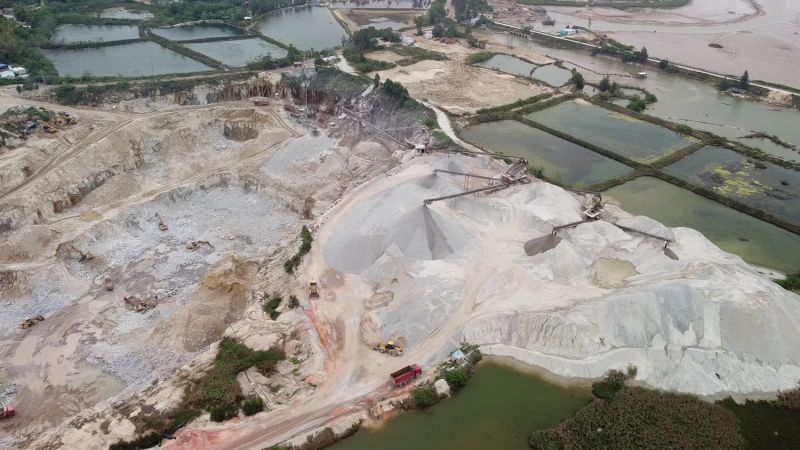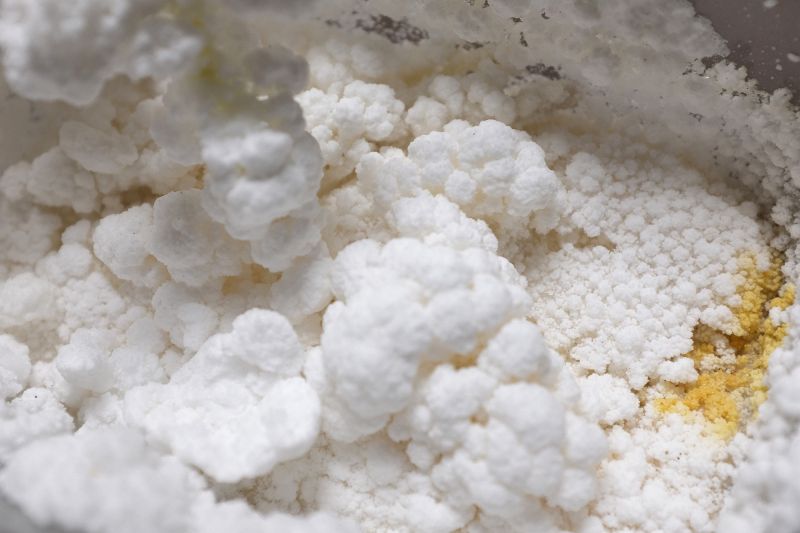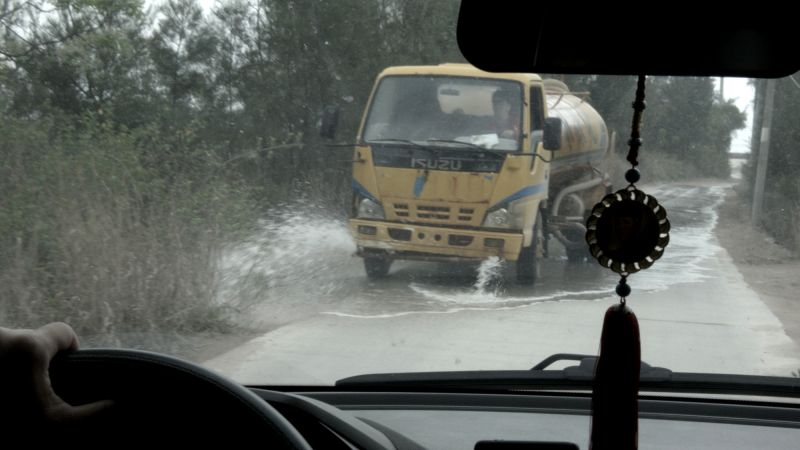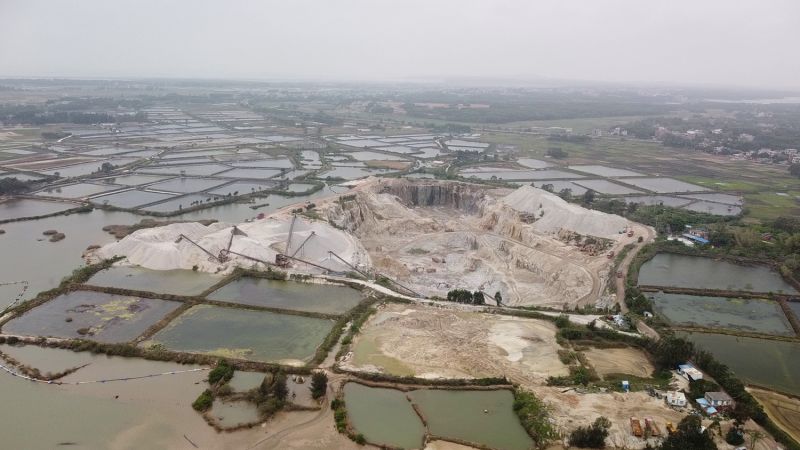Lee Kai Chung
Sand
In 2019, several major infrastructure projects were underway in the Guangdong-Hong Kong-Macao Greater Bay Area. These included the opening of the Hong Kong-Zhuhai-Macao Bridge (HZMB), the announcement of the "Lantau Vision for Tomorrow" 1 development plan, the construction of the third runway at Hong Kong International Airport (HKIA), the opening of part of the Lok Ma Chau Loop and the completion of the Hong Kong section of the Guangzhou-Shenzhen-Hong Kong Express Rail Link (XRL), which had faced significant delays. These projects aimed to link the mainland and the islands through the development of large-scale infrastructure such as transport networks, land reclamation and artificial islands, with the aim of promoting both physical and emotional links between the regions.
“Sand" is an essential material in modern infrastructure, and concrete must be mixed with a certain amount of sand and other aggregates as a base. With China's rapid growth over the past few decades, sand has become a consumer good, so much so that its supply, extraction, trade and movement have led to radical changes in the ecology of the country's coastal and riverine regions, the movement of labour, the local production chain and international relations. As Hong Kong does not produce sand for construction purposes, the demand for sand for the three recent airport construction projects in Hong Kong and the means of importing sand show that a significant proportion of imported sand comes from China. In the absence of data transparency, the Lantau Vision infrastructure project, which is expected to be geometrically large at this stage, is likely to rely more on China for the import of construction materials. On the other hand, sand is in short supply domestically and local governments and contractors have turned to importing it from Southeast Asian countries, including Malaysia and Vietnam. Under these circumstances, China still has to sell sand for Hong Kong's infrastructure projects, and Hong Kong's material dependence on China for major infrastructure projects can be seen as a deepening of the ideological bond - such as implanting the Motherland into the “body of the child”.
Sand utilized in construction and land reclamation can be broadly classified into four categories: manufactured sand, mountain sand, river sand, and sea sand. Among the four types of sand, there are specific cost thresholds for manufactured sand, such as mining time, transportation costs from the ocean to the factory, storage, technology, equipment, and mining rights. The sea sand must undergo a rigorous processing procedure following its mining in order to remove the sodium chloride (salt) from the sand before it can be utilized for construction purposes. The presence of chloride ions, which are negatively charged, within the salt will accelerate the corrosion of reinforcing steel and subsequently damage the structural integrity of the building. The consequences of this contamination can take several or ten years to develop, a process commonly known as "building cancer," which can lead to the concrete spalling. River or lake sand is more popular with miners because it is extracted from fresh water, eliminating the aforementioned costs. Despite the Chinese government's ban on private sand mining across the country since 2015, the high market demand, consistently high futures prices for sand, and short project cycles have led to the continued prevalence of illegal mining and the handling of sea sand without the necessary permits.
Sand is supposed to play a stabilizing role in concrete. However, when handled incorrectly, the martial can also exhibit self-destructive tendencies, as if it enters an accelerated internal cycle, leading to eventual disintegration over time. In the construction industry, it is customary to refer to buildings with elevated levels of chloride ions in the sand as "Sea Sand House." This term, while perhaps aesthetically pleasing, serves to obscure the inherent dangers associated with such structures.
- [1] "Lantau Tomorrow Vision", also known as the Kau Yi Chau Artificial Islands, is a postponed development project in Hong Kong proposed by two former Chief Executives of Hong Kong. Former Chief Executive Carrie Lam proposed in her 2018 policy address the creation of a third core business district by constructing artificial islands with a total area of about 1,700 hectares (4,200 acres) through massive land reclamation near Kau Yi Chau and Hei Ling Chau of the eastern waters of Lantau Island. The project has been met with controversy and opposition due to environmental concerns and also its high cost of an estimated HK$580 billion (US$73.8 billion), amounting to half of the city's fiscal reserves. In February 2024 the financial secretary said the project would be postponed after looking at its finances, but insisted it would not be cancelled.

Lee Kai Chung, Sea Sand Home, 2021
Installation with sculptures, salt, graph, publication, video, and sound recording, single-channe video, HD, colour, 8’40”, silent
Image courtesy the artist

Lee Kai Chung, Sea Sand Home, 2021
Installation with sculptures, salt, graph, publication, video, and sound recording, single-channe video, HD, colour, 8’40”, silent
Image courtesy the artist

Lee Kai Chung, Sea Sand Home, 2021
Installation with sculptures, salt, graph, publication, video, and sound recording, single-channe video, HD, colour, 8’40”, silent
Image courtesy the artist

Lee Kai Chung, Sea Sand Home, 2021
Installation with sculptures, salt, graph, publication, video, and sound recording, single-channe video, HD, colour, 8’40”, silent
Image courtesy the artist